From Ruins to Roofs: Enjoying Britain’s Best in Bath and Stonehenge
I’m ashamed to admit, but for some reason Britain has never ranked high on my list of priorities for places in the world I must visit. Like any traveller who’s ventured across the Atlantic, I’ve had my share of Heathrow connections, and even spent a few days in London town as an eager teen. However, the desire to return and discover more of what this island has to offer never arose.
It was truly fated that I would not only end up eating my words (along with some buttery pie crust), but would come to regard England as one of my favourite destinations. How did this happen, you may ask? Well, I stepped outside London and into the 5000-year-old history of the surrounding country.
Bath: City of the Gods
The first step of my journey outside England’s capital took me west, to the ancient city of Bath. Just 90 minutes west of central London by train, Bath certainly isn’t far off the beaten path. And while the city is small, with a permanent population of just under 90,000, over 1 million visitors and 3.8 million day visitors travel to this World Heritage Site each year. While the town itself is exceedingly picturesque, nestled in the valley of the River Avon with cobblestone streets and 16th century architecture, it’s primary draw for visitors is the city’s namesake – the Roman Baths.
Named Aqua Sulis by the Romans upon discovery in 60AD, the region that is now Bath became one of the most visited destinations in the Roman Empire. The natural hot spring had been used previously by the Celtic tribes that inhabited the area who attributed its healing powers to their goddess, Sulis. However, it was the Romans who transformed the space into what was likely one of the first spas, creating a complex consisting of a series of pools and recreational areas for visitors, as well as a dedicated temple to the goddess of wisdom, Minerva, whom the Romans identified as having similar traits to the Celts’ own Sulis.
Today, the ruins of Aqua Sulis are incredibly well preserved, allowing visitors to step back in time nearly 2000 years to imagine relaxing in the natural heat of the pools, the intricately designed cooling and heating rooms, and of course pay homage to Sulis, the goddess whose dedicated pool remains untouched.
Not just any old Roman town
While the Roman baths are certainly the city’s main attraction for visitors, Bath today is a vibrant, multicultural place with a large student population, a beloved rugby team, beautiful architecture, and arguably some of England’s best restaurants. After a morning of exploring the baths, I was all too happy to spend the afternoon walking through the city’s stone streets, peeking into boutique shops, exploring the breathtaking Bath Abbey, and traversing the uniquely constructed Pulteney Bridge which houses built-in shops and restaurants. The end to a perfect day, a meal at Ole Tapas offers some of the best Spanish cuisine I’ve had anywhere—and an unparalleled view from above of the streets of Bath.
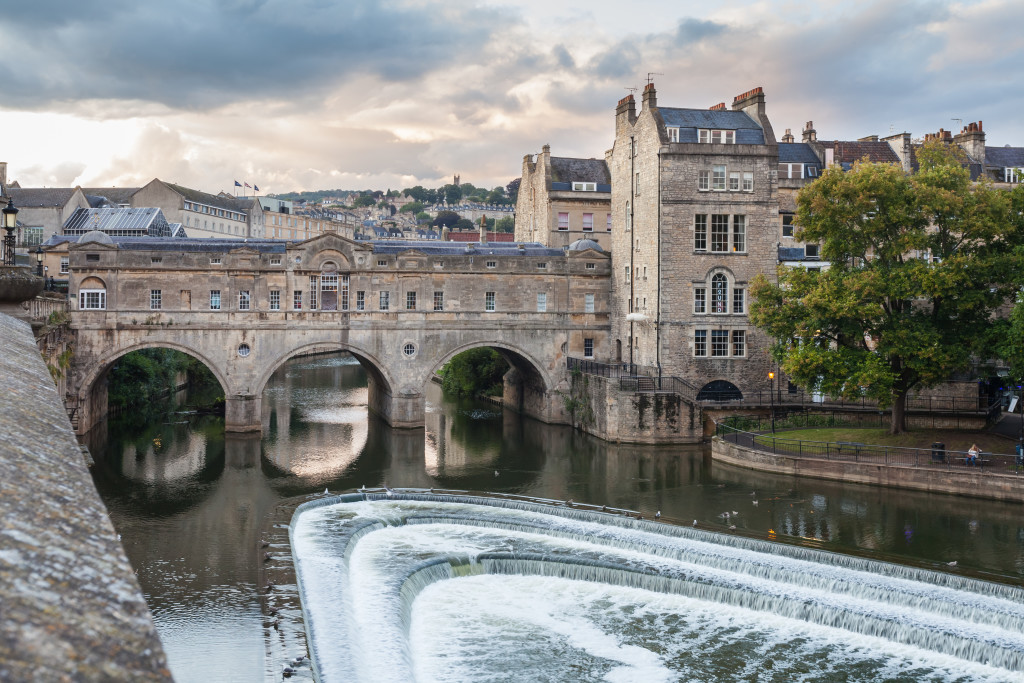
The Pulteney Bridge hosts several unique shops, including one with handmade mosaics. Credit: Diego Delso – Wikipedia Commons
A neolithic mystery
An hour’s drive from Bath is Stonehenge, a massive stone monument from the Neolithic Era, and one of the most renowned prehistoric sites in modern Europe. Mad Max Tours provides the perfect day trip to visit the ancient stones, with well-informed guides like Charles—the quintessential British gentleman—there to share tidbits and tales you won’t hear on a self-guided tour. The largest stones on the site, called sarsens, are 30 feet tall and originate from just north of the site. The smaller bluestones are believed to have been carried more than 200km from Wales, an incredible feat considering the wheel had not yet been invented.
While the immensity of the site and the origins of the stones are a true wonder, it’s the mystery of Stonehenge that lingers. Though the site dates back 4-5,000 years, the reason for creating this monolithic structure is still unknown. With the unique positioning of the stones, some believe it acted as a calendar, and thousands of visitors gather each year for summer solstice to witness the sun’s rays peak through. Others believe Stonehenge was a religious site, others still a place for celebrations. While we may never know the reason, the history of this incredible place and the mystery that surrounds it is a timeless wonder.
The art of thatching
Returning from the stones, it’s hard to miss some of the characteristically British architecture that makes up the small towns of the Cotswolds, a favourite weekend getaway spot for Londoners. The first thing you’ll notice are the thatched roofs, crafted from straw and uniquely woven to provide an impenetrable housetop. Our guide tells us about the art of thatch making, which goes back centuries in England’s history. Thatching was once one of the most cost effective means of roofing in the area, and one of the most secure, shielding homes from water, insects and vermin. Today, the upkeep of thatched roofs is quite expensive, and only a few master thatchers remain. However, thanks to their protection as an English Heritage site, thatched roofs will remain as a signature feature of England’s small-town countryside.
A cross-section of history, from Roman ruins to roofs
From 5,000-year-old stones to Roman ruins and thatched roofs, I was amazed to find such a concentration of history in England’s southwest. This combined with the region’s unique culture, hospitality, architecture, and cuisine sparked a traveller’s curiosity. I can’t wait to discover more of what Britain has to offer.
Latest posts by Caitlin Boros (see all)
- 48 Hours In: Banff, Alberta - March 6, 2018
- Top 5 Sights in Spain’s Historic Seville - February 27, 2018
- Explore the World’s 4 Remaining Inhabited Bridges - January 16, 2018

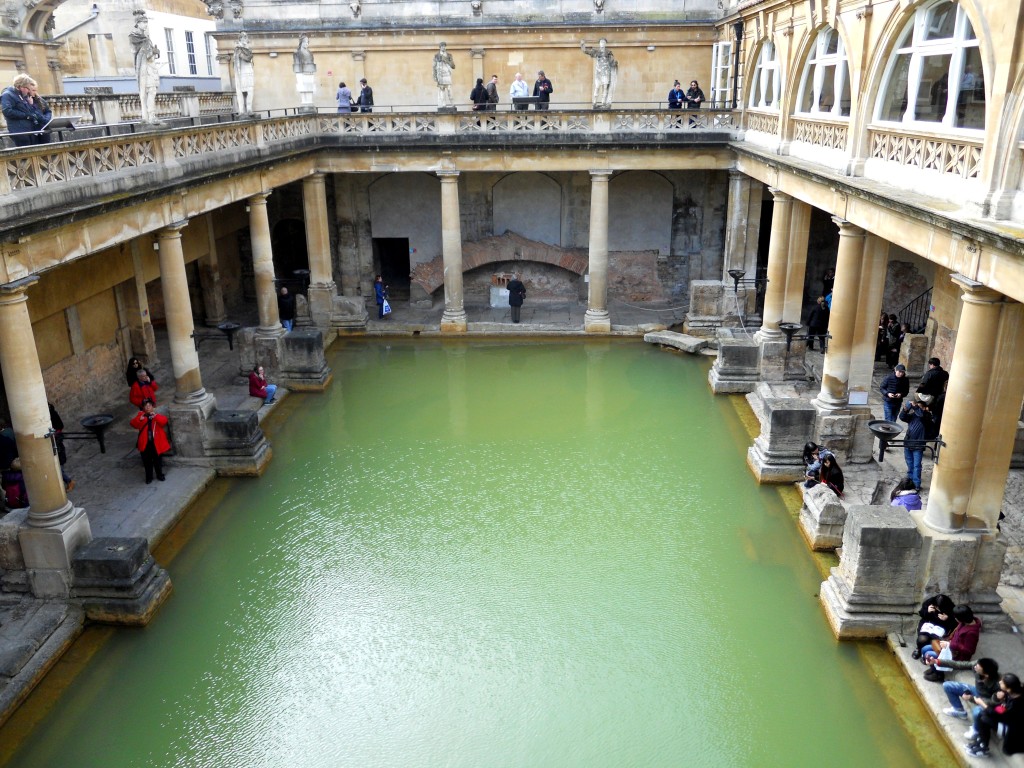
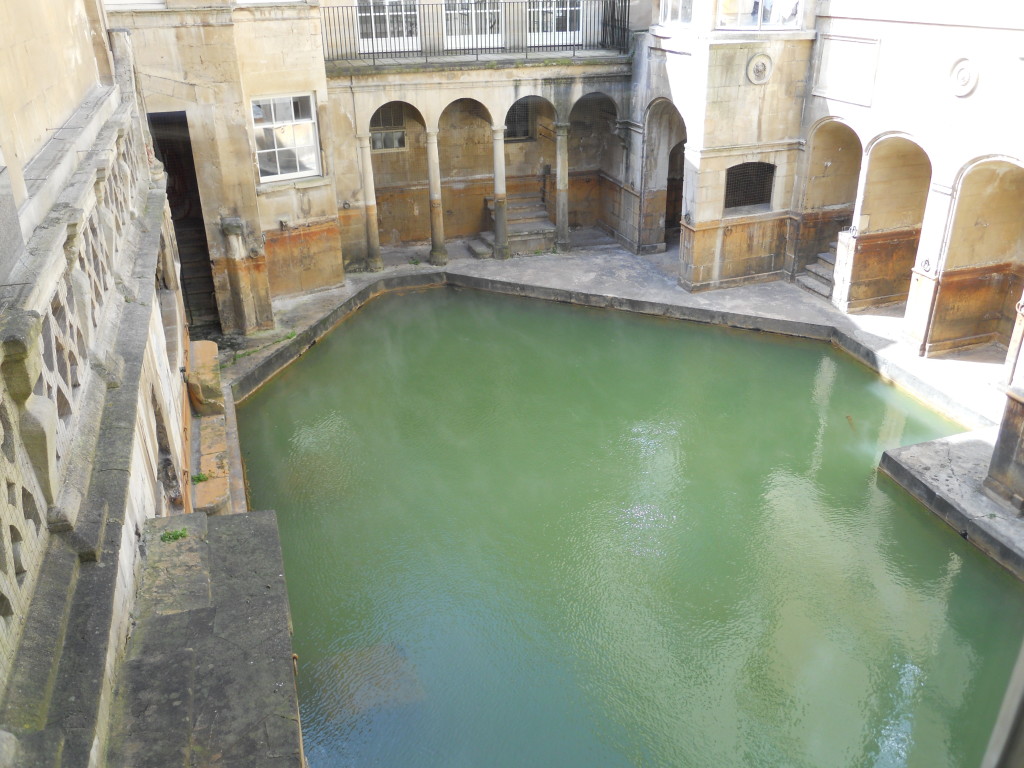
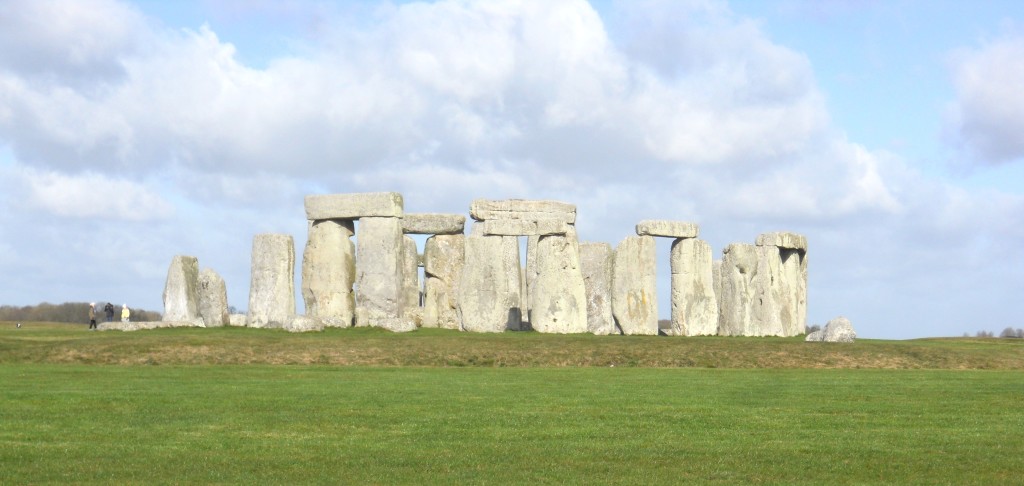
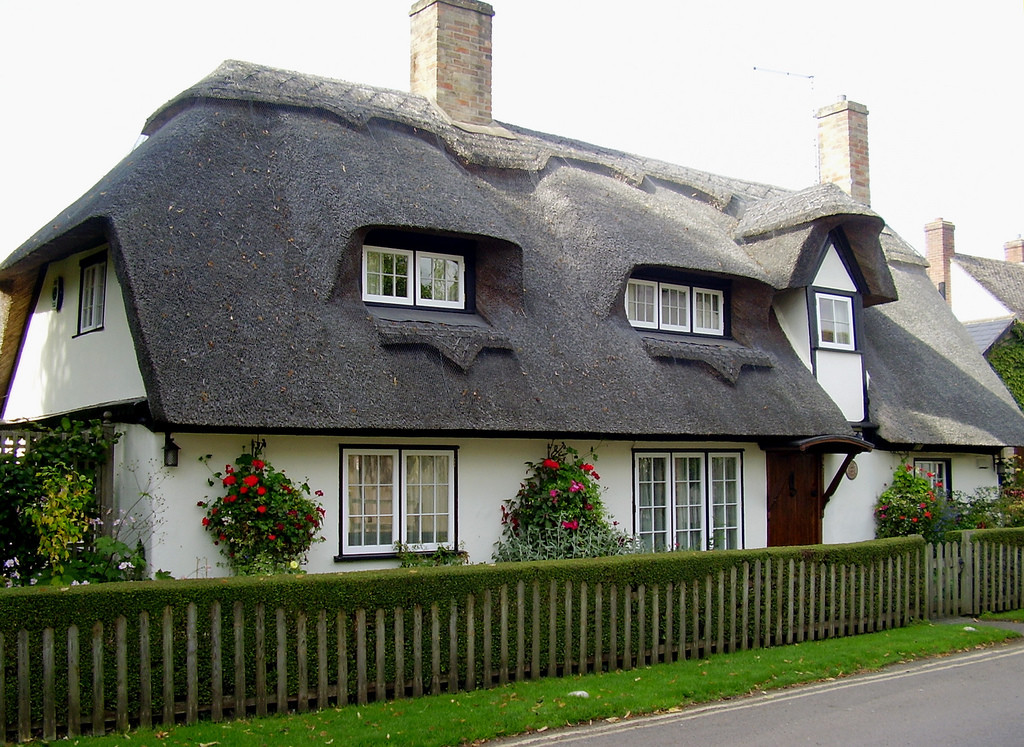






 Almost all the tea houses in
Almost all the tea houses in 











